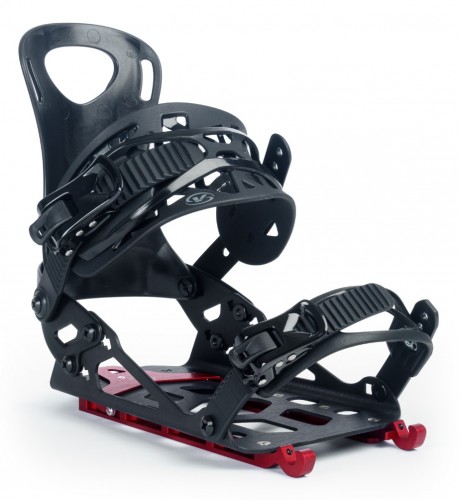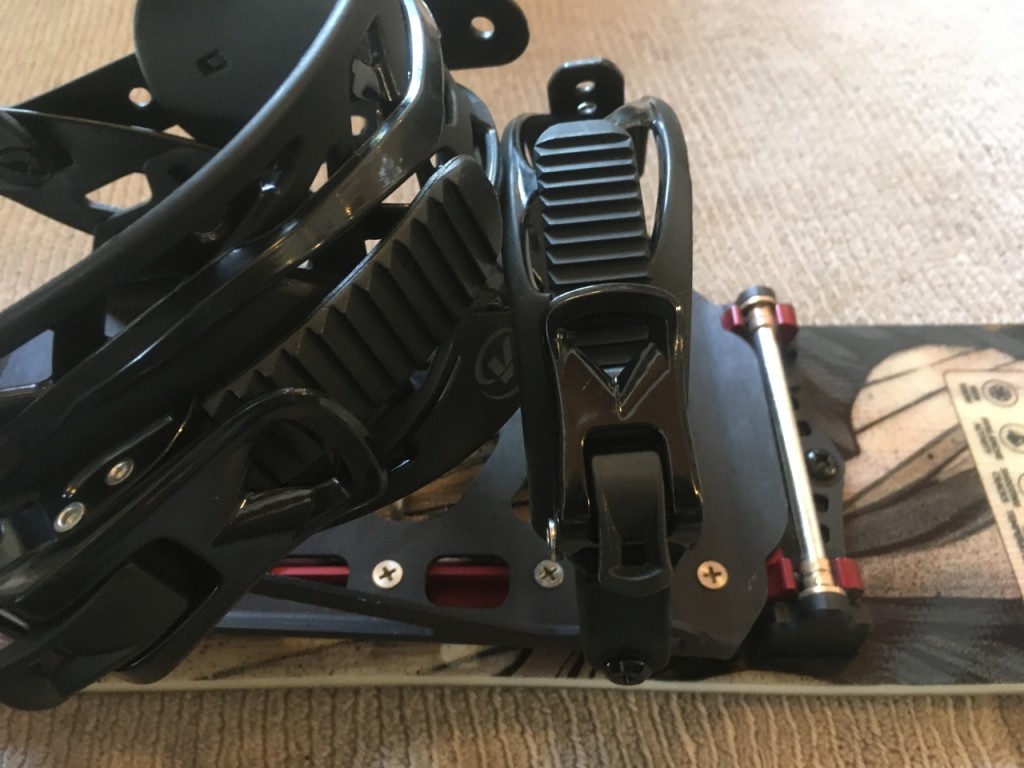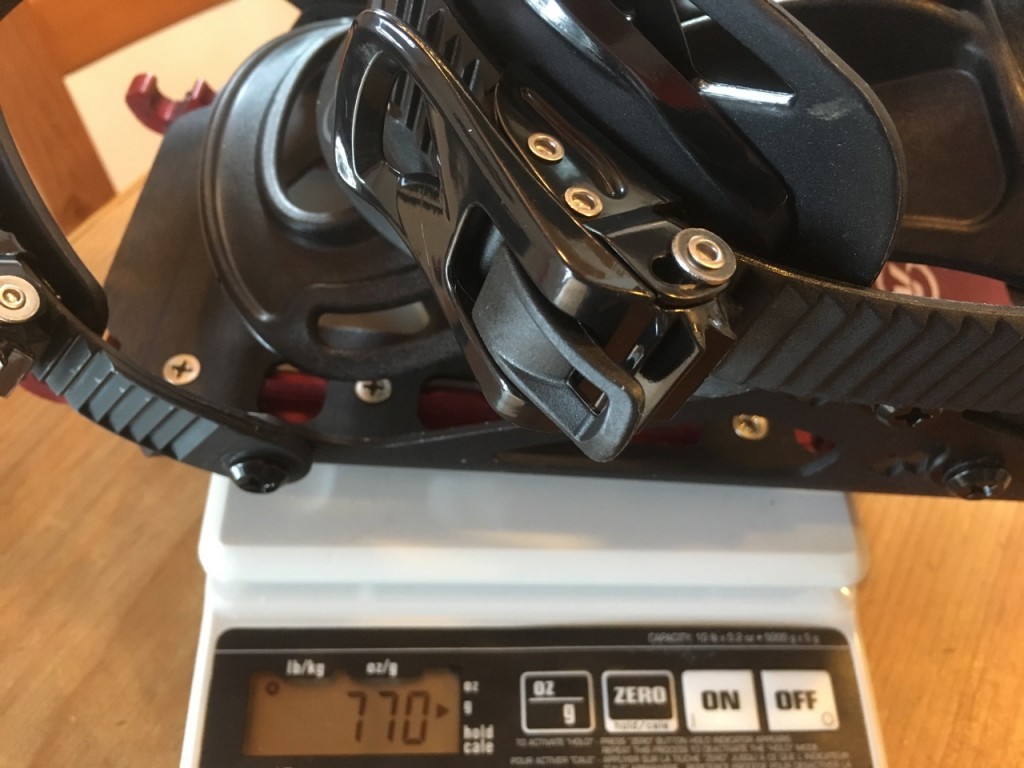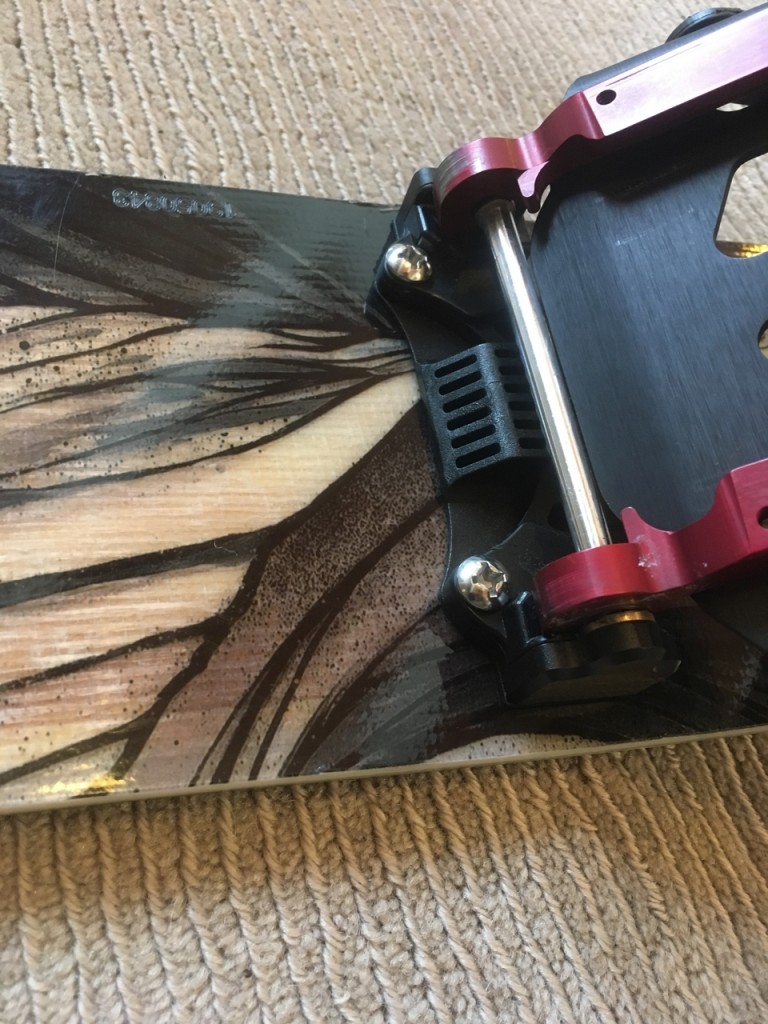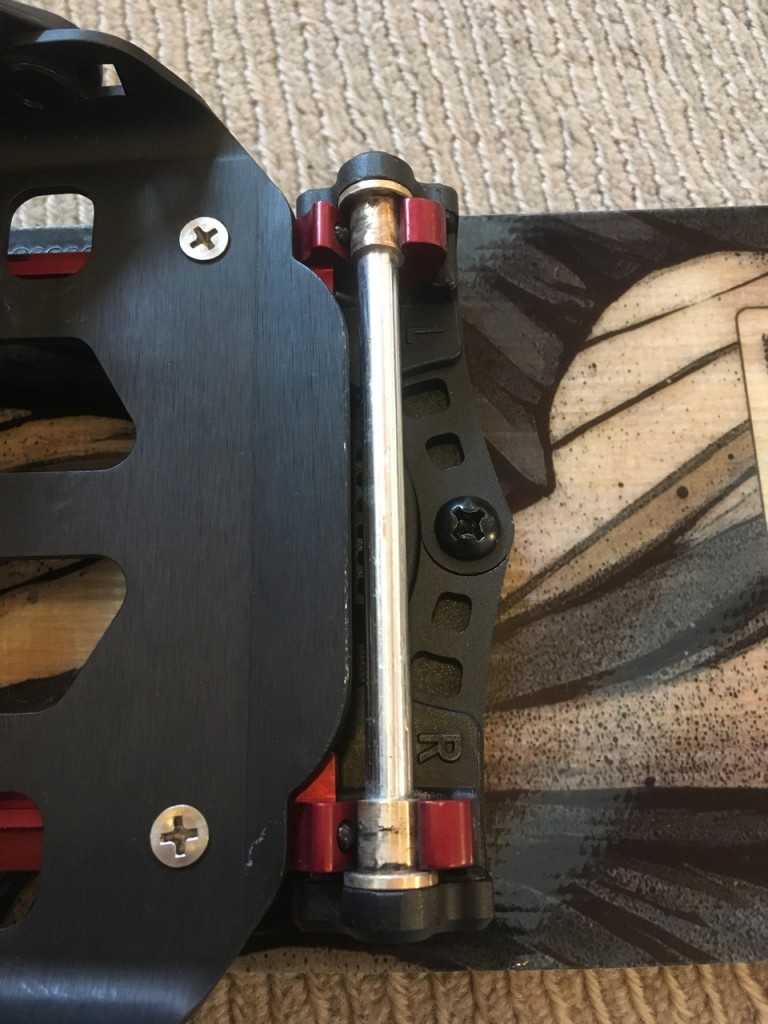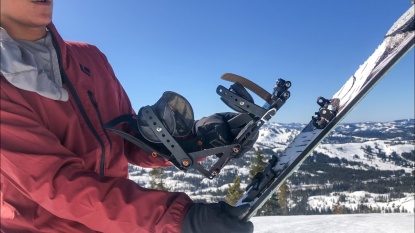Voile Speed Rail Review
Our Verdict
Our Analysis and Test Results
The Voile Speed Rail binding might be the most innovative product from Voile since…the splitboard. Despite being the first company to back splitboards, Voile has been more of a follower in product development over the last decade or so. The Speed Rail displays creative engineering solutions to splitboard challenges, works well, and deserves attention from folks looking at splitboard specific bindings.
Performance Comparison
Uphill Performance
The Speed Rail pivots well on the touring bracket. It is laterally stiff, and the highback provides ample rearward flex.
Weight
If the Speed Rail weighed 15% less, it would be an award contender; unfortunately, it is on the heavier end of the spectrum. The weight is manageable, especially considering the Speed Rail is on the cheaper end of the cost spectrum. Both the Speed Rail and its Voile sibling, the Light Rail, are hefty and greatly improved by weight loss.
Transitions
One area where the Speed Rail excels is transitioning. Especially from ride mode to touring mode, it is possible that it's the fastest option. The unique design does not require any mechanical movement to attach the binding to the touring bracket.
Just rotate the binding all the way forward, and the open hooks by the toe of the bindings grasp the touring bracket. Lower the binding, and it is attached to the board and ready to tour. This process often works perfectly but does require that everything is lined up perfectly and that the touring bracket is relatively clear of snow.
Occasionally, the hooks partially line up with the touring bracket, and the user is tempted to muscle the binding into place. We resisted this impulse, but it does appear possible to damage the system if someone rushed this attachment when conditions were imperfect.
Downhill Performance
The Speed Rail cruises downhill fine. Like Spark bindings, it relies on pucks to transmit a rider's influence to the board, and we found this to work well. The highback is sufficiently stiff to efficiently transmit a rider's input. When transitioning from touring mode to descending mode, the Speed Rails slide on to the pucks opposite how Sparks and previous Voile bindings have done so. Instead of starting and tow, they start at the heel. This is mostly a trivial change, except to the extent that it may require you to rewire your muscle memory.
Straps, Lean, and Risers
Straps
The toe straps are comfortable and work well. The ankle strap is capable of securely clamping down your foot. We occasionally had to make two attempts at releasing these buckles, as our first attempt didn't properly disengage the ratchets. Overall we were content with the straps and buckles, but they were slightly less refined than the best offerings from Spark or Karakoram.
LeanThe Ride-N-Stride forward lean adjuster on the Speed Rail is another innovative touch. The mechanism is easily pivoted by pushing on the bottom or the top. Picture a teeter-totter crossed with a forward lean adjuster. Pushing on the top pivots the bottom away from the heel cup and provides for nice negative lean for touring; pushing on the bottom pivots back to a downhill focused forward lean. The exact amount of forward lean can be adjusted to personal preference. We found this mechanism to be straightforward and simple to use.
Risers
The basic design of Voile risers has not changed much in recent years, but there has been a couple of exciting innovations. The classic dual height climbing bars are generally adjusted with the handle end of your poles and with reasonable balance, and a little practice is a simple process. The climbing bars also host a new Heel Lockdown mechanism that allows the user to ski or side step without the heel lifting. While this functionality is appealing to beginner splitboarders, most of the time the need for devices like this can be eliminated with some time spent practicing free heel split skiing.
Karakoram and Spark both offer their own takes on heel lockdown, but Karakoram and Voile include it with the binding while Spark offers theirs as an aftermarket option. The Voile heel lockdown mechanism performs the task for which it was designed, but it does require a bit of fiddling to achieve secure heel lockdown, although release was easier.
Womens Version
The Speed Rail comes in a women's model. The run between the male and female models is the same. The biggest difference is the use of purple as opposed to red in the accents.
Value
The relatively low price of the Speed Rail is appealing. Unfortunately, these bindings do come with a weight penalty. The Speed Rails are a simple design with few moving parts and should provide years of service.
Conclusion
Dare we say it? We found the Voile Speed Rail bindings to be cool. The Speed Rail is a reasonable choice for those who appreciate the innovative design. The system works fine but is definitely unique to other systems. Our biggest knock on them is their weight, but if this doesn't bother you and you like rocking something different than the masses (and you don't mind saving a few bucks), the Speed Rails are worthy bindings.


